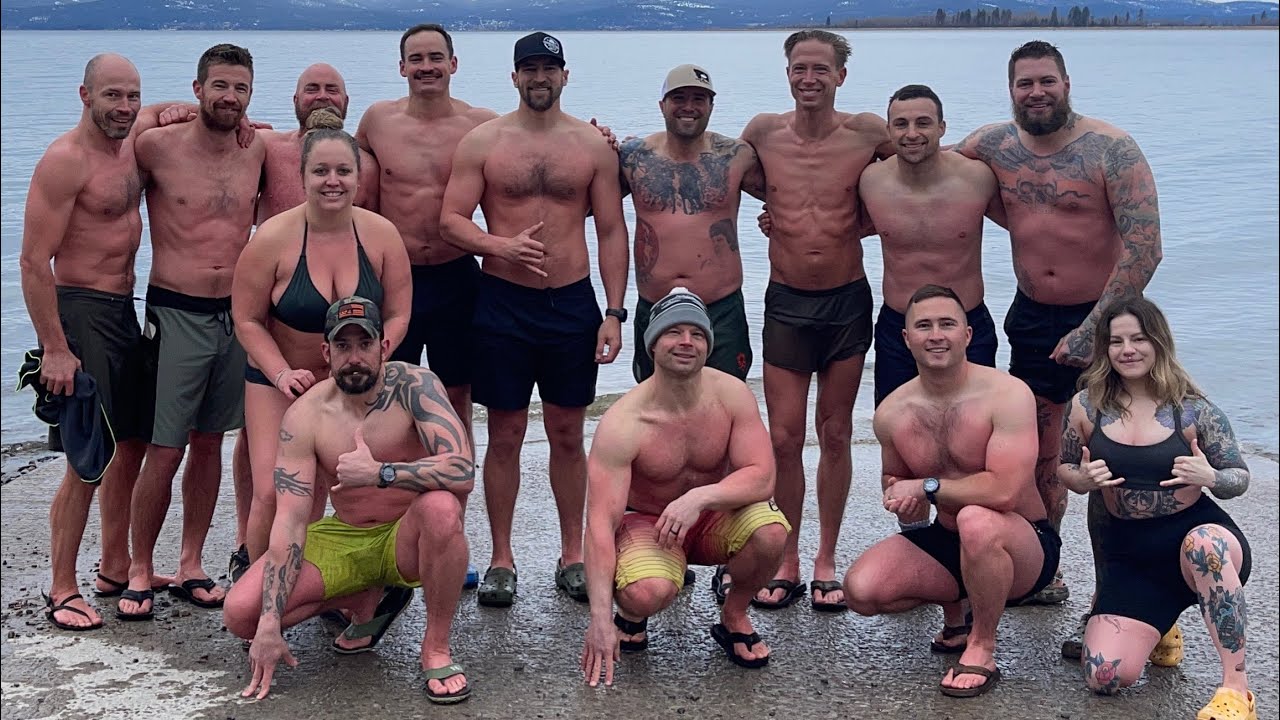Abnormally warm waters off the coast of Peru have created an unprecedented disaster area, from Lima to the northern Peruvian regions. 10 times the normal amount of rain has overwhelmed the country, leading to constant flooding that has destroyed crops, leveled homes, toppled bridges, and destroyed the livelihoods of thousands. 72 people have been killed thus far, and 70,000 have been made homeless.Luckily, the Clean Water Corps has responded.Led by former US Army Captain Robert McQueen, the Clean Water Corps utilizes the unique skill set of veterans, working closely alongside Waves for Water. Their mission? Bring clean water to some of the most remote and dangerous places on the planet. Teams go into disaster areas and educate the local populace on how their filtration systems will help their communities, install them, and educate on repairs and upkeep.[caption id="attachment_10900" align="aligncenter" width="1024"]

A Clean Water Corps member sets up a water filtration system to demonstrate how it works (courtesy)[/caption]A flood zone is a prime area where waterborne diseases can spread quickly. CWC is currently working to mitigate the spread of disease and assist the communities that have been decimated by the rain. Robert released this update on their work today, and shared it with us:"This is different… There is usually a consistency about disasters, a pattern even. The event (fire, earthquake, flood, hurricane) occurs, infrastructure is destroyed, lives are ruined, and then it is over. Response and lifesaving efforts initiate, people band together, a common purpose emerges and there is hope found within the collective relief efforts. El Niño is throwing that cycle out the window. While most events hit like a hammer and fade away, El Niño has pounded Peru mercilessly and consistently, and with heavy rains and weather expected to continue until June, there is no relief in sight.Everyone with whom we have come in contact has been extremely helpful in facilitating the coordination of filtration system distribution. We are working with the U.S. Embassy and several Peruvian ministries to make sure that all of our efforts a synced and that we make the largest impact possible. As of Tuesday, the CWC had developed a plan of attack and yesterday we began executing.[caption id="attachment_10905" align="aligncenter" width="1024"]

Members of the CWC meet with local leaders to tackle the largest needs and execute their mission quickly. (Courtesy)[/caption]Foremost, the local network here has been absolutely incredible. Everyone has come together and is working tirelessly to reach some of the hardest-hit areas. Yesterday, we traveled to a village called El Tigre, which is located an estimated 2.5 hours south of Lima. We brought together leaders from two schools, the local municipality, and an internally displaced persons’ camp that houses 15 families and provided them with 2 communal filtration systems and 4 faucet adapters (5 filters total).The second location was in a village called Roldan Bajo, which was a smaller community next to a dam that collapsed under the pressure of the overflowing river, causing flooding that destroyed their crops. When we arrived, a woman cried tears of relief. Sometimes it’s the little things that tell you how much these families are suffering. We trained 5 families and left 2 filtration systems.[caption id="attachment_10901" align="aligncenter" width="1024"]

After flooding, most of the water in Peru looks like this. Bottled water is scarce, and transportation is limited. This filtration system will help prevent disease in communities devastated by flooding. (courtesy)[/caption]Our last stop for the day was in Roldan proper, where we trained a community leader (local restaurant owner) on the filtration systems. There are an estimated 975 families in the area, but 27 of those families were badly impacted by flooding. Similar to Roldan Bajo, Roldan saw high amounts of crop damage.The rains have increased the amount of sediment in the water, which is visible to the human eye. Most water is brown and cloudy. There are reports of increases in waterborne illnesses and an overall decrease in health.[caption id="attachment_10904" align="aligncenter" width="1024"]

A Peruvian man takes a drink of safe, purified water. (Courtesy)[/caption]On Friday, four of our team members will fly to Piura, one of the northernmost regions of Peru that is still underwater, to do a large distribution of filters. As we sit back and watch the footage of the disaster in Piura, our hearts are out to them. Friday cannot come soon enough, as we want to make sure Peruvians receive relief as soon as possible.We are extremely thankful for your continued support. Please share this link with all of your friends and family so we can continue to provide relief to the most in-need families in Peru. To those of you living in Peru, we are humbled by your willpower."The relief efforts in Peru won't be slowing anytime soon, as even more rain and flooding is expected into the summer. If you would like to help support the CWC and Waves for Water, please donate here.



%201.svg)









